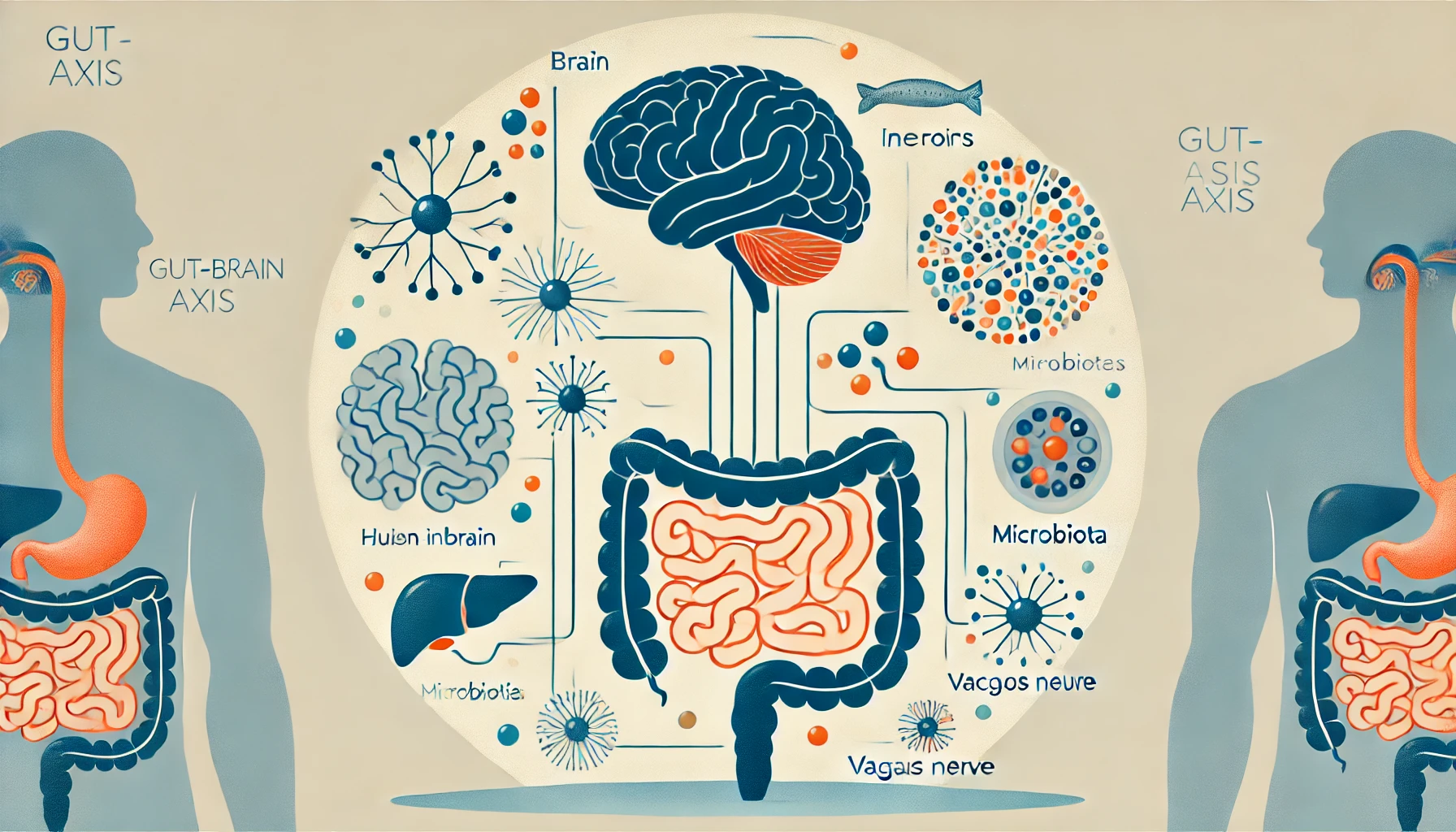The Schumann resonance – the Earth’s heartbeat and its possible health effects
The Schumann resonance is the Earth's natural electromagnetic pulse, often referred to as the 'Earth's heartbeat'. It is generated by lightning discharges between the Earth's surface and the ionosphere and has a fundamental frequency of 7.83 Hz. This low frequency is close to our own brainwaves - and research suggests it can affect sleep, stress and the nervous system.
Read articleHealing through the body – the way out of inner blockages
We all carry experiences that are embedded in our bodies - sometimes as tension, sometimes as silent anxiety, sometimes as a sense of being stuck. By using body-based methods, we can begin to process what words do not always reach. That which cannot be thought free of, but which the body can let go of when given the right support. Methods such as TRE, EMDR, Somatic Experiencing and Emotional Code offer different paths back to balance - but all start from the same principle: that the body remembers, but can also heal. You don't have to relive everything. You don't need to have all the answers. But you do need to access your body's own wisdom, the rhythm of your nervous system and your ability to feel safe from within.
Read articleBreathwork, electromagnetic fields and frequencies
Breathing forms a central part of our physiology and profoundly affects our mental, emotional and physical well-being. Throughout history, humans have adapted and developed breathing techniques to balance energy, deepen meditation, and alter states of consciousness. Meanwhile, modern research in frequency medicine shows that the body's bioelectric and biomagnetic fields are actively synchronized through breathing exercises, optimizing health and well-being. The word breathwork describes a conscious work with the breath, rather than just denoting a passive process. Breathwork encompasses techniques in which you use your breath to influence physiological, psychological and energetic functions of the body. Therefore, the term reflects a systematic and intentional approach that characterizes both traditional and modern practices. This article explores how breathwork and frequency medicine interact to reduce stress, improve mental clarity, and strengthen the body's self-healing ability.
Read articleHow diet affects the body’s electromagnetic field
With bioresonance, it is possible to analyze how diet and nutrition affect the body's electromagnetic fields. Studies show that these fields are dynamic and respond to internal and external factors, including what we eat, making this topic both fascinating and complex.
Read articleThe gut-brain axis – a key player in health
The gut-brain axis acts as a complex and bidirectional communication pathway connecting the gastrointestinal tract to the brain. It manages information flows through neurons, hormones and the immune system, with the gut microbiota playing a central role. More recently, research is beginning to investigate how frequencies, such as electromagnetism in the form of light, sound and vibration, affect this important axis.
Read articleMindfulness and meditation as pieces of the self-healing puzzle
In recent decades, mindfulness and meditation have gained increasing scientific support as effective methods to strengthen the body's natural healing processes. Research shows that these techniques affect both biochemical and frequency mechanisms in the body. This article explores how mindfulness and meditation support self-healing through physiological and energetic processes.
Read article





